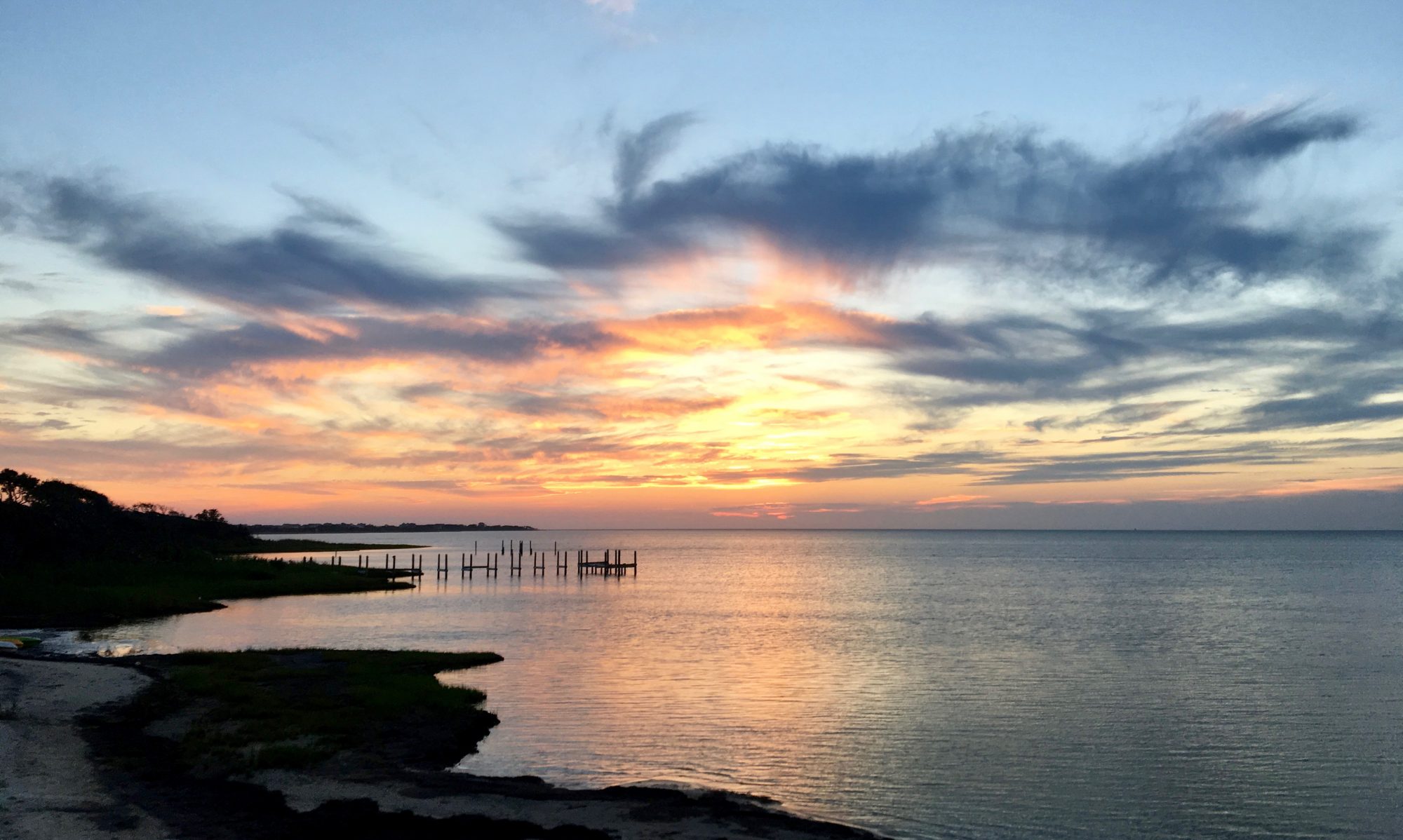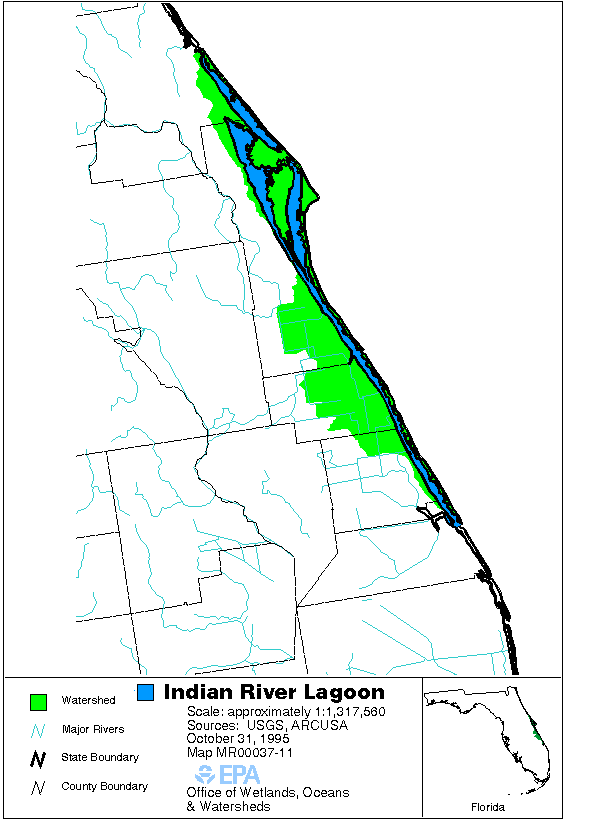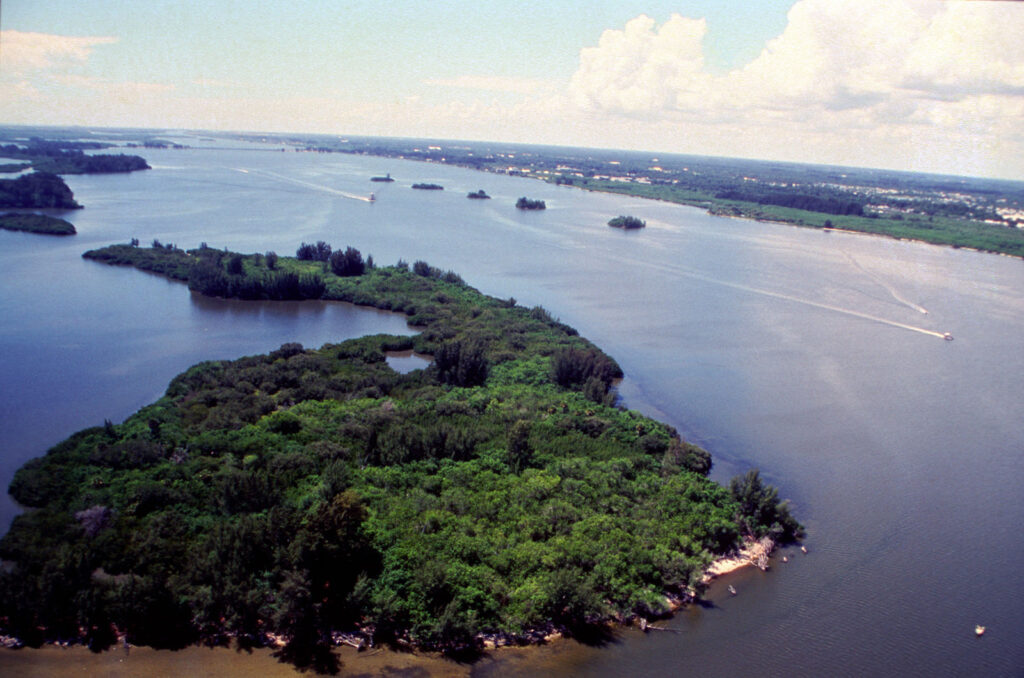By Ellis Kalaidjian
The year 2021 is over. As we begin 2022 and reflect on 2021, coastal hazards continue to escalate under a changing climate. This past Atlantic hurricane season was the third most active ever recorded and hosted one of the five costliest hurricanes to impact the US, for example. Coastal communities are experiencing more intense storms and planning for sea-level rise to build community resiliency (recording available on this topic from the last TCS Coastal Connections session). Needless to say, the challenges facing coastal management communities are numerous and mounting. As we approach the new year, we must ask ourselves: “How, if at all, are we adapting our coastal management institutions and approaches to meet the constantly-evolving problems we face?”. Duke University’s Dr. Michael Orbach and the University of Washington’s Dr. Marc Miller explore this prudent question in their essay, entitled How Have the U.S. Coasts Changed (and How Are They Going to Change) as Cultural and Policy Spaces? An Example from California, published in December 2021 in the Journal of Coastal Management.
This essay first explores the theoretical concepts of policy and cultural spaces that exist within the coastal zone. As the authors explain, a policy space is a space (geographical, temporal, historical) where societal actions and behaviors are structured by legislation and political activities that directly reflect the values of policymakers and their constituents. A cultural space is a space that is structured by people who are members of a culture—which is defined in terms of shared knowledge and values and “consists of what it is that people know to [coexist with one another]” (p. 4)—in a way that reflects that culture. Both spaces are dynamic; they have lifespans; they are controlled by, among other things, the environment and politics; and they influence each other in often unpredictable ways.
To illustrate these concepts and their interrelatedness, the authors examine the policy and cultural spaces of coastal California over the last 50 years. Prior to World War II, Californian coastal cultures were made up of small, financially modest populations, and existed within intimate, “cozy” landscapes. The authors describe Californian coastal life as slower-paced and “…driven by sea- and coast-dependent industries and interests such as fishing, coastal recreation and tourism, and notably…the proto-typical ‘California Lifestyle’.” (p. 6), which the authors view as being influenced by the “cool, laid-back and casual and free-wheeling” (p. 6) surf culture of the 60s. However, massive economic development and human settlement following WWII changed the cultural space to one that was “…much more dependent on leisure-tourism and other industries such as major universities, aero-space and high-tech.” (p. 6) and inhabited by a more cosmopolitan population.
Changes in coastal Californian political spaces followed in response to the development pressures of the Post-WWII period. The 1970s witnessed a proliferation of federal environmental legislation, such as the passage of the Coastal Zone Management Act (CZMA), which induced the birth of state coastal management agencies such as the California Coastal Commission and non-governmental organizations (NGOs) like the Coastal Management Conference and The Coastal Society. Yet, today, development and political pressures have stymied coastal management in California (and other coastal states) and have overwhelmed the limited resources of coastal public policy and management entities. In the authors’ words: “The special policy space of coastal policy and management as a profession—as with the special cultural space of the coast—has become overshadowed by and submerged in other events and processes.” (p. 8). Corresponding changes in the coastal zone have resulted—for example, the amount of armored coastline in California increased from 26 miles in 1971 to 146 miles in 2018.
The authors conclude the essay with an assessment of future coastal management challenges presented by climate change hazards such as sea-level rise, increasingly frequent severe storms, and so forth. Encroaching sea levels will render certain coastal locales inhabitable, requiring communities and governments to engage in adaptation and planned retreat activities, which will signal the reinvention of coastal cultures and policies. New coastal cultures and management policies will be in a constant state of change and development with continued sea-level rise, which presents uncertainty and challenges unlike the cultural forces at play during the post-WWII period (economic expansion and the environmental movement). In closing, the authors offer coastal management practitioners the following recommendations:
- Climate change solutions should draw on expertise beyond that of the usual natural and social sciences, planning, and engineering—for example, the ideas of the humanities, such as environmental philosophy, and professional fields, such as business and activism;
- Adaptive management and conflict management strategies in coastal zone management should be revised to include more robust stakeholder engagement and a commitment to social equity and environmental justice; and
- Coastal management activities of monitoring natural and social systems and predicting future human impacts should incorporate insights from architects, engineers, and urban designers regarding the planning and future design requirements of adaptation.
Citation:
Orbach, M. K., & Miller, M. L. (2021). How Have the U.S. Coasts Changed (and How Are They Going to Change) as Cultural and Policy Spaces? An Example from California. Coastal Management, doi:10.1080/08920753.2022.2006873.
Disclaimer: This post does not serve as an endorsement of the author’s opinion, nor does it express the views of the Coastal Society.



